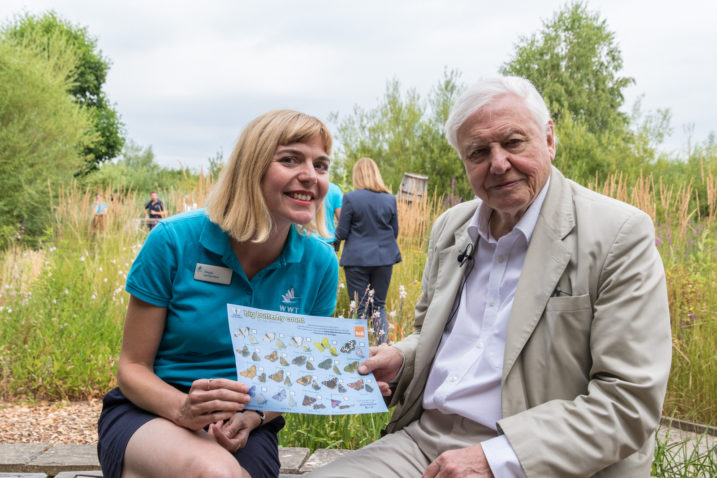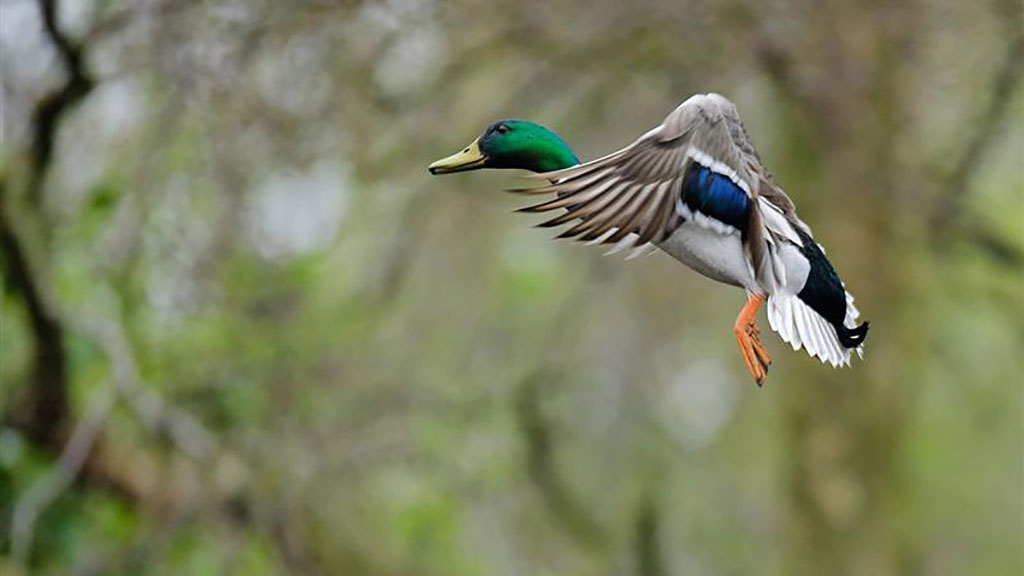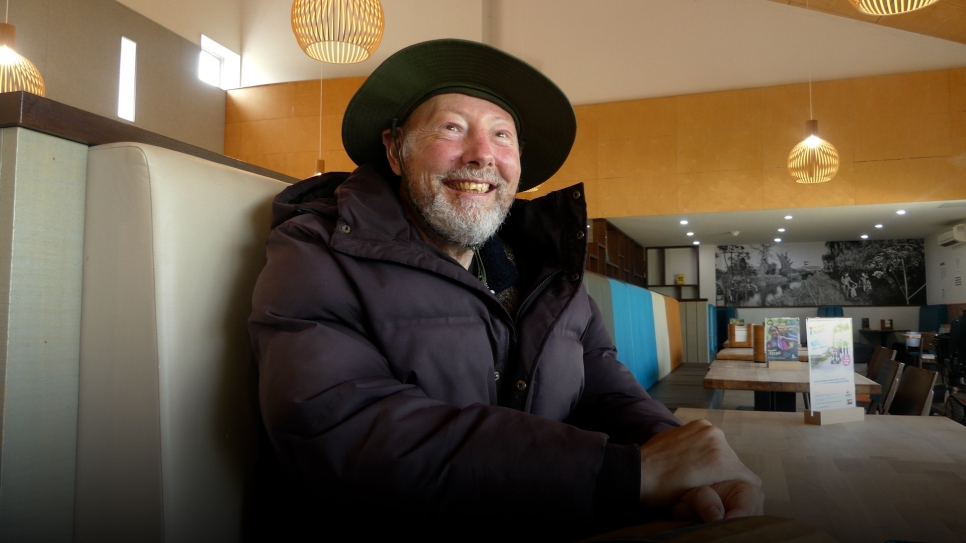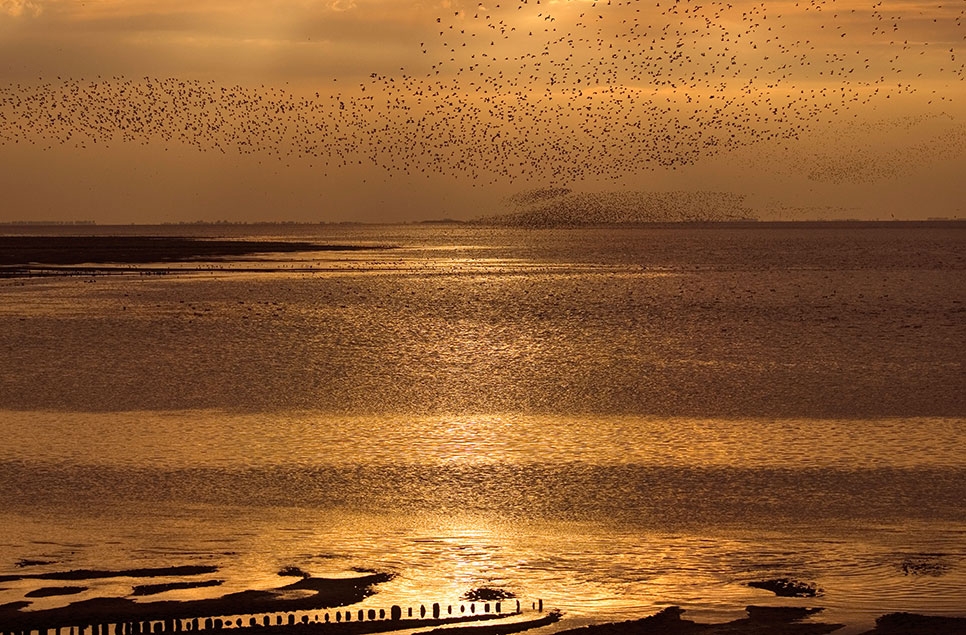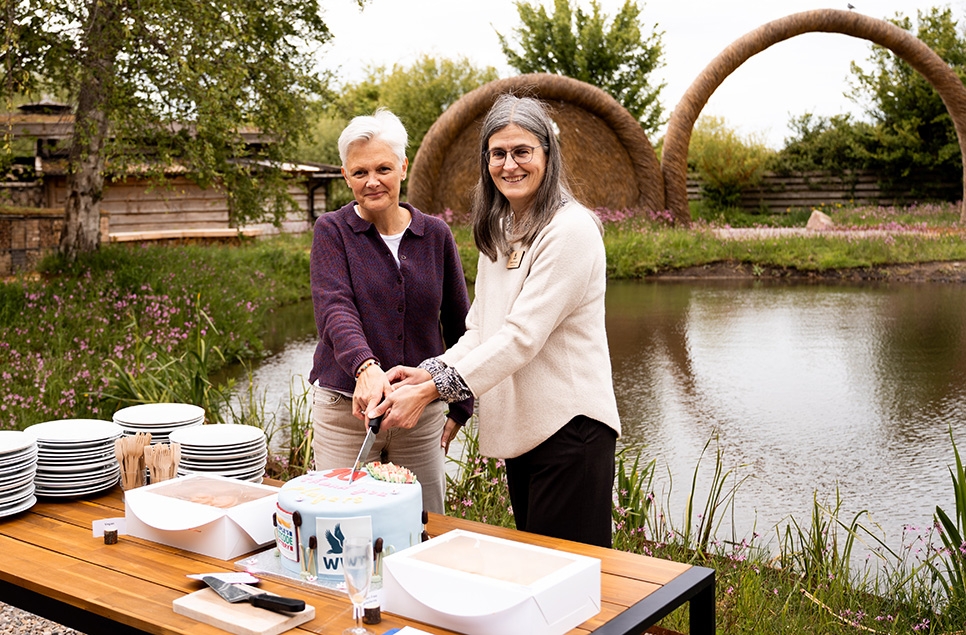WWT Snapshot July 2018

Thank you to everyone who has donated, joined, visited, volunteered and supported WWT this year in so many ways.
You are supporting huge amounts of conservation work around the world. Here's just a sample of what you've helped to achieve in the last three months.
Around the World
In Madagascar work to transfer management of wetlands to local communities has seen fantastic responses from local people. More than 1000 people signed agreements to manage wetlands sympathetically. and the average length of fish caught by fisherman has almost doubled following the introduction of no-take zones and net size restrictions.
Also in Madagascar a WWT advance team is testing apparatus to release individuals into the wild of the world’s rarest duck, the Madagascar pochard, which we are breeding locally in captivity. We hope to start releasing individuals later this year.
In Northeast Russia three further spoon-billed sandpiper have been fitted with tiny satellite tags (several were tagged last year). These will help us discover new stopover sites for one of the world’s smallest and rarest wading birds which migrates as far south as Myanmar.
In Northwest Russia we’re working with local Nenet communities who ran a “Swan Champion Workshop” with NGOs, government agencies and tourism bodies to find ways to reduce illegal hunting of Bewick’s swans.
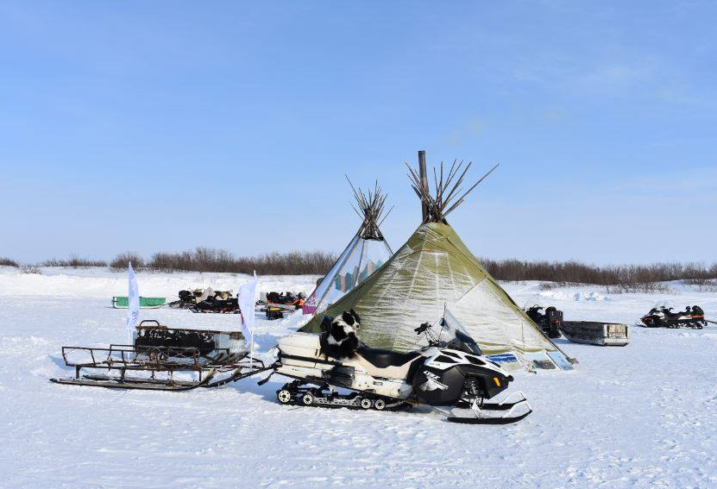
In Cambodia we completed a vulnerability assessment of local wetlands in the Mekong Delta which will help future management strategies to adapt to climate change and other factors.
In the Netherlands WWT took part in an international group assessing the development of various strains of avian influenza (‘bird flu’). WWT undertakes monitoring work as part of the UK’s early warning system for the disease.
In China WWT Consulting are working on improving information and signage for visitors to Futian National Nature Reserve, a mangrove-dominated wetland north of Hong Kong.
In Australia Chief Executive Martin Spray met with groups to discuss proposals for new publicly accessible wetlands in urban areas around Melbourne. This is the very southern end of a globally important bird migration route. Mr Spray is also chairing a conservation strategy group for countries and NGOs along that flyway. .
In the Czech Republic WWT joined other international wetland conservation organisations to draft resolutions for a global meeting of the Ramsar Convention on Wetlands, due to take place in Dubai in November.
Around the UK
In the Scottish Highlands we counted fewer than 20 breeding males or females of the UK’s rarest breeding duck, the common scoter. A key loch had low water levels, so some birds moved to an adjacent loch but didn’t use nesting rafts provided for them. 2018 duckling numbers are not yet available.
Also in Scotland our 2018 census of Greenland barnacle geese found just over 72,000 birds, which is 10.5% fewer than five years ago.
Across England we’ve been visiting curlew breeding sites to help develop a recovery programme. Numbers of breeding curlew in the UK have nearly halved in recent decades. We’ve been speaking to potential partners in Dartmoor, Shropshire, Upper Thames Valley, Salisbury Plain and the New Forest.
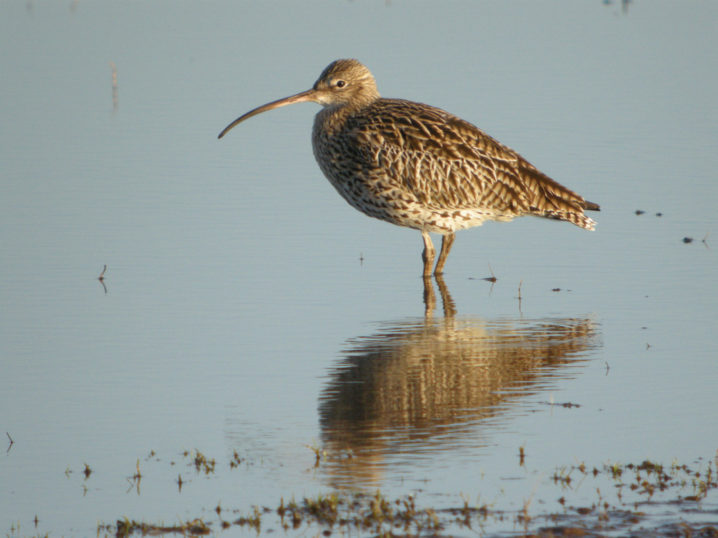
In Slough community volunteers ran a ‘bioblitz’ to see what wildlife they could find along Salt Hill Stream. Meanwhile local runners have been helping to keep the area clean through combined running/litter picking sessions.
In Gloucestershire we’ve been recording invertebrate life in streams running off the Cotswold Hills, ahead of a programme to monitor how well different types of natural flood reduction features work – e.g. wetland strips, leaky dams and altered water courses.
In Westminster WWT’s political team helped to: draft Defra’s surface water management plans; progress a Lords amendment to strengthen environmental protection in the EU Withdrawal Bill; deliver the GB invasive species awareness programme, and; gave oral evidence to an MP Committee hearing on regulating the water industry.
In Norfolk a WWT research study showed changes in farming practices are unlikely to have caused food shortages for overwintering Bewick’s swans. Numbers have declined in recent decades so WWT is researching various possible causes.
In mid-Wales two Greenland white-fronted geese tagged in 2016 have returned to the Dyfi Estuary. Research is ongoing as to how the Dyfi flock use the habitat around the estuary.
In Bristol WWT Consulting are working for Friends of St George’s Park to restore the Victorian boating lake and enhance it for biodiversity.
In London at Buckingham Palace WWT’s Chair and Chief Executive attended the birthday party of our Patron, HRH the Prince of Wales, who recalled his visit to Slimbridge in 2017 for WWT’s 70th anniversary.
Around WWT wetland centres
At Llanelli we worked with the local authority to create and improve a series of nearby ponds in order to provide habitat for water voles.
At Welney 38 black-tailed godwit chicks were successfully reared to boost numbers of this species. They were released at the main breeding sites in the Fens. There are fewer than 60 breeding pairs in the UK.
At Welney the creation in recent years of an additional 120 hectares of wetland habitat attracted breeding wild Eurasian cranes for the first time.

At Castle Espie work has begun to modify three islands in the wader saltmarsh and improve a shingle bank in order to provide nesting habitat for black-headed gulls. This species is red-listed as a breeding bird in Ireland.
At Slimbridge the major Slimbridge 2020 redevelopment project continues, including:
- Pools and earthworks completed for a tundra themed exhibit
- The duck decoy lake is being desilted and a heritage blacksmith employed to repair pipes and cages
- Work has begun on rebuilding the Goose House shooting lodge alongside the Severn estuary
At Martin Mere the new Pond Zone area has been completed, which includes raised wheelchair-friendly netted ponds and a covered area for pond dipping.
At Washington we are trialling “wild experiences” which are sessions that immerse children in the natural landscape and invite them to look, touch and understand the natural environment upon which they depend.
At Caerlaverock WWT Vice President Chris Packham led visitors on a ‘bioblitz’ to see what wildlife they could find – and recorded the first ever finding of a saucer bug north of the Scottish/English border.
At Arundel volunteers and staff met local MP Nick Herbert to discuss how wetlands can help manage the effects of climate change, as part of a national climate change awareness campaign.
At London WWT Vice President Sir David Attenborough launched the 2018 Big Butterfly Count. Visitors to London used up the 300 spotter sheets available within the first few days.
